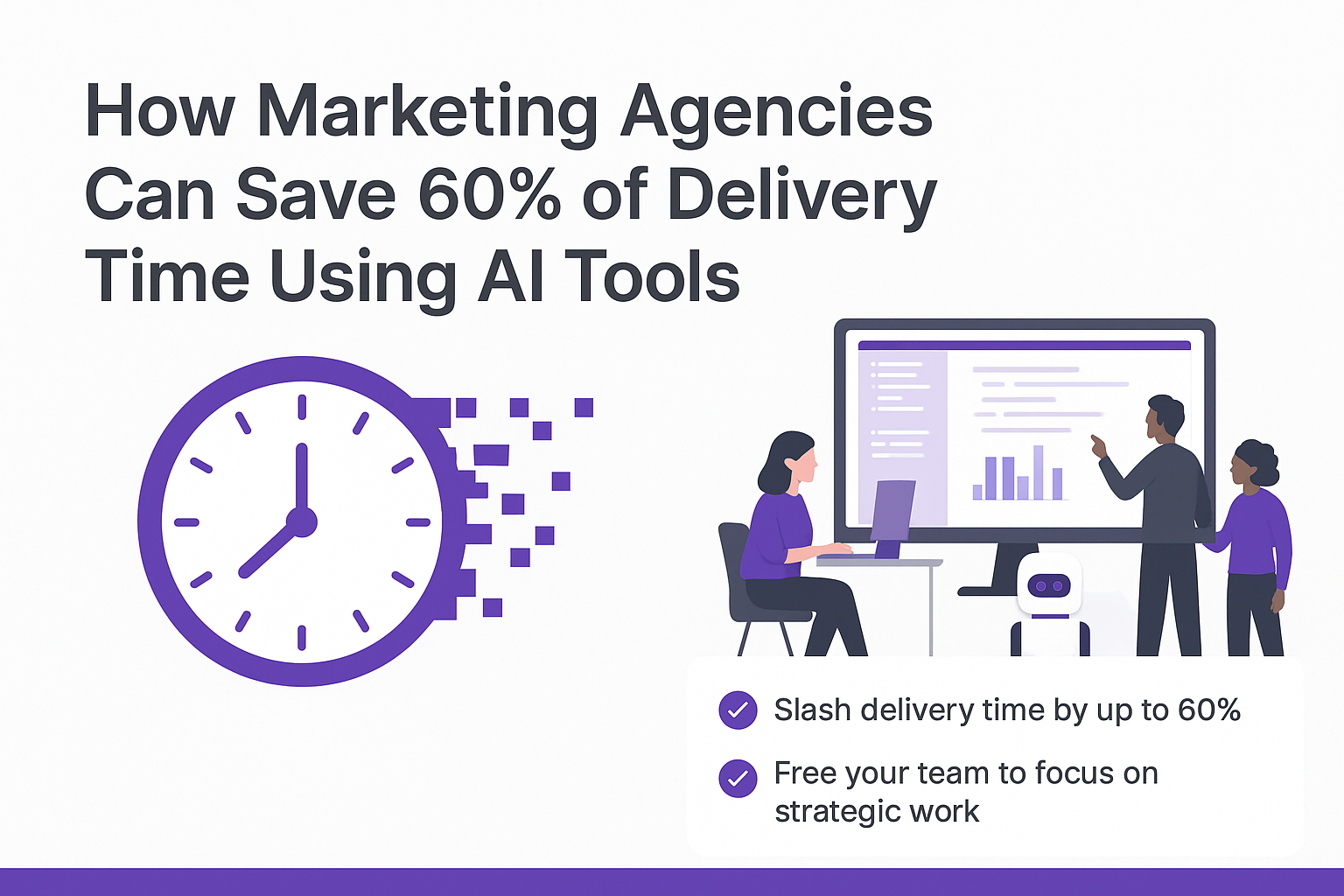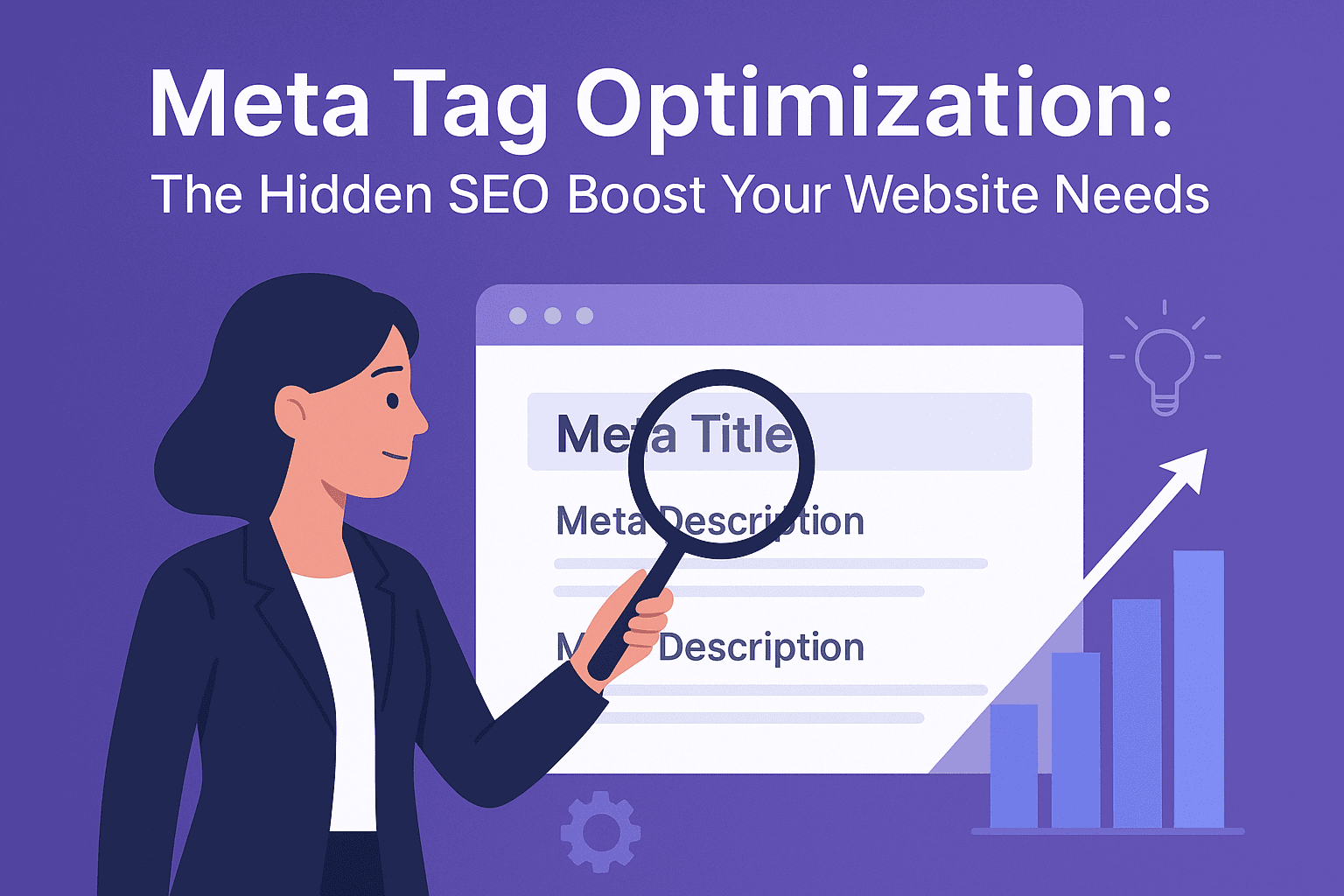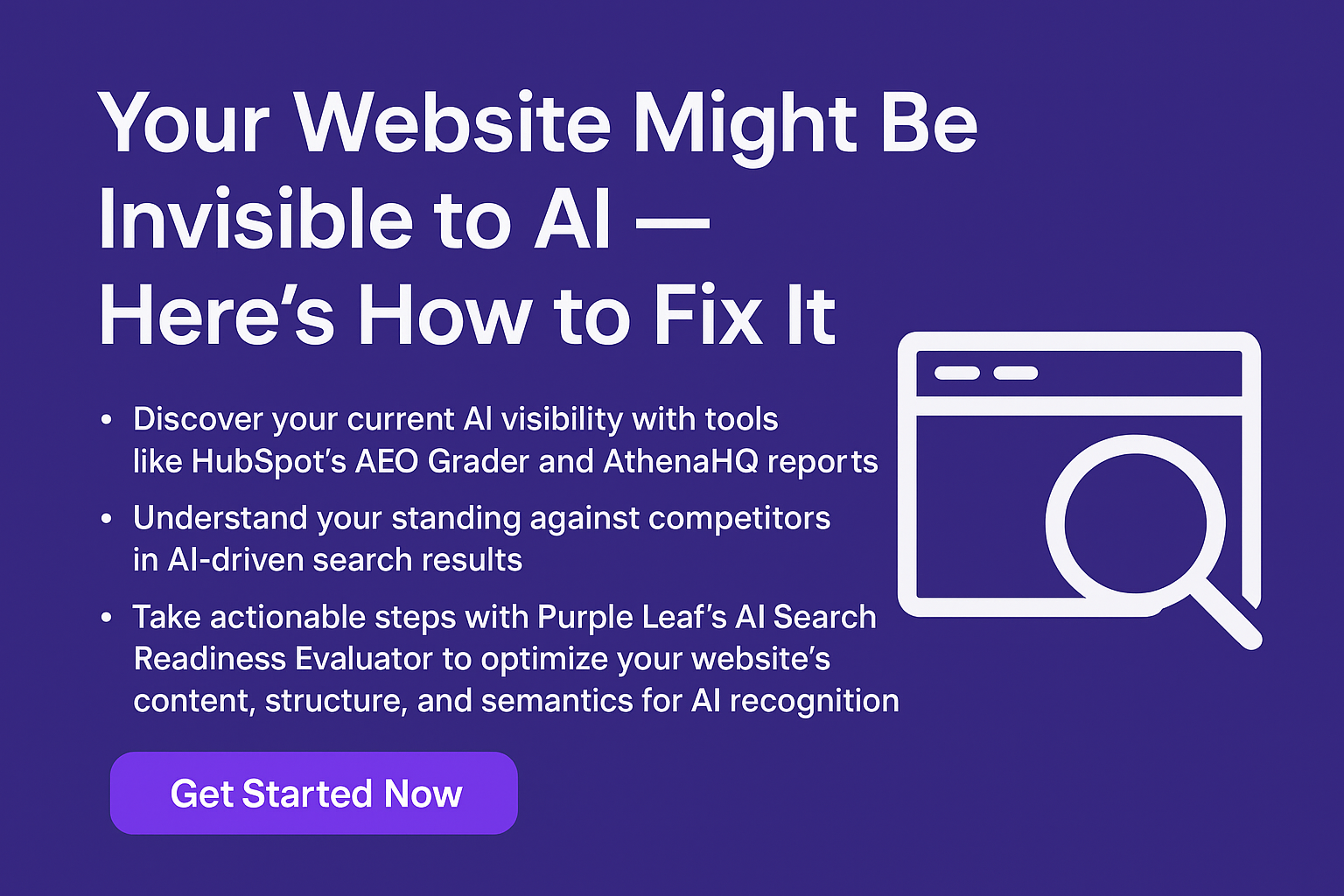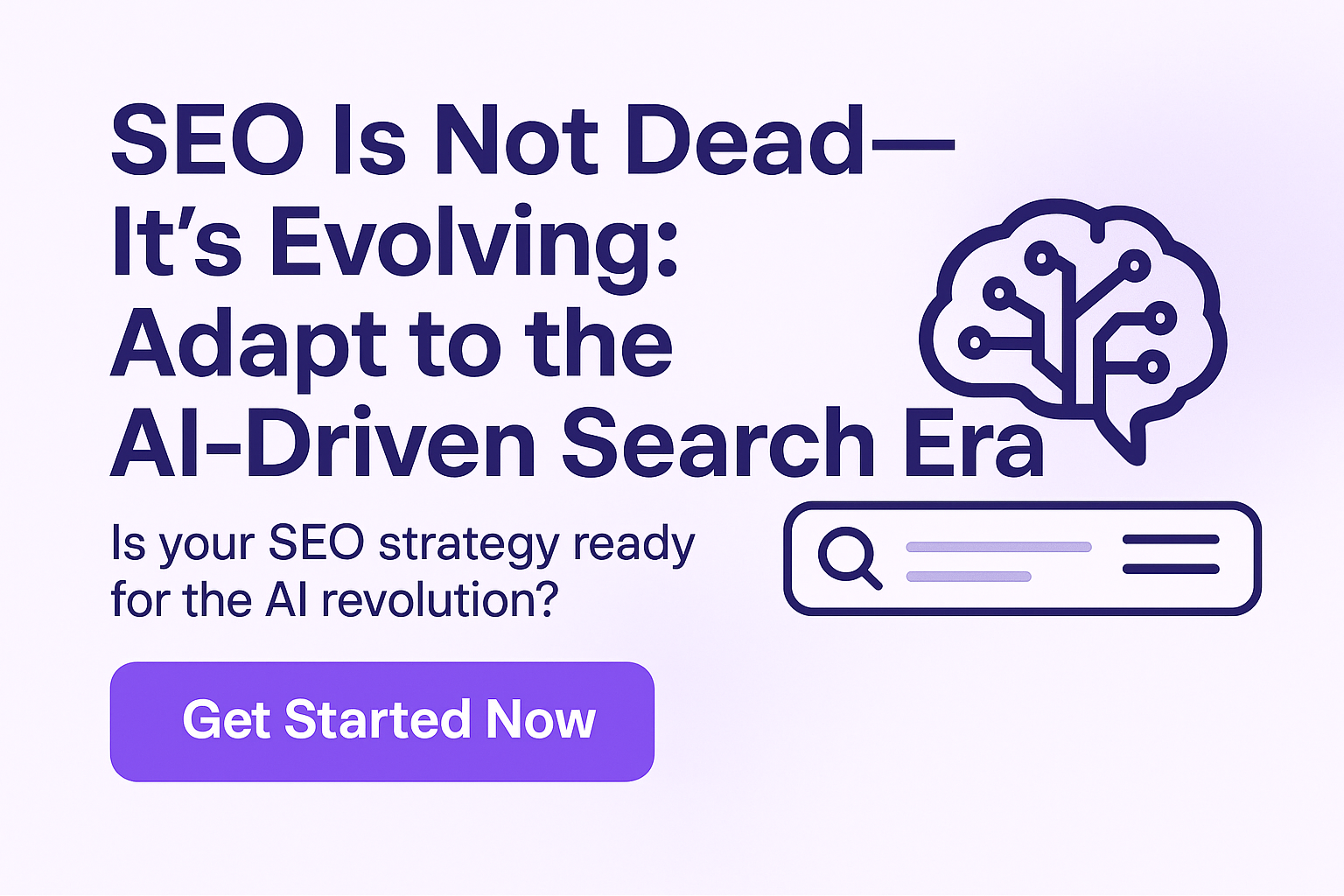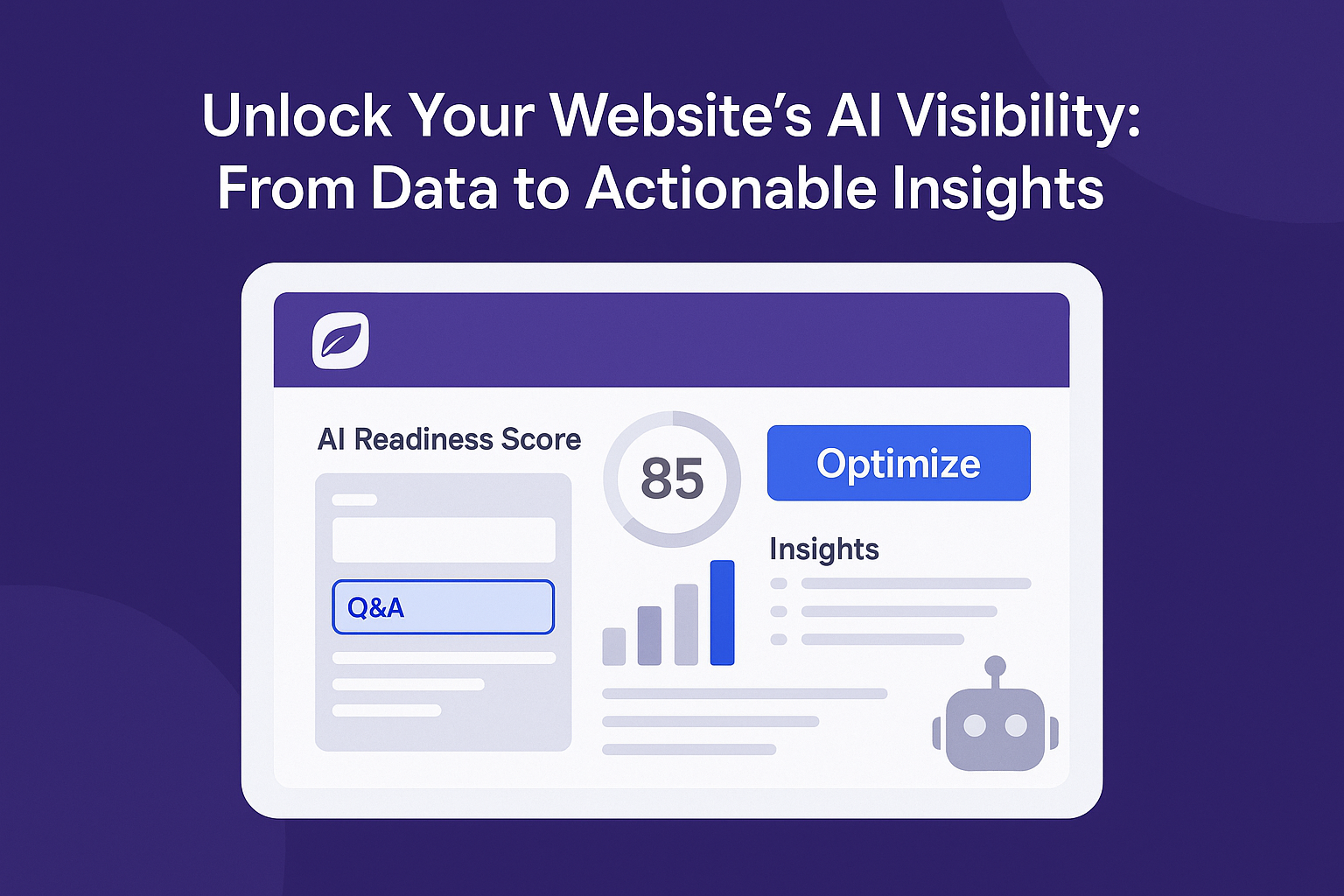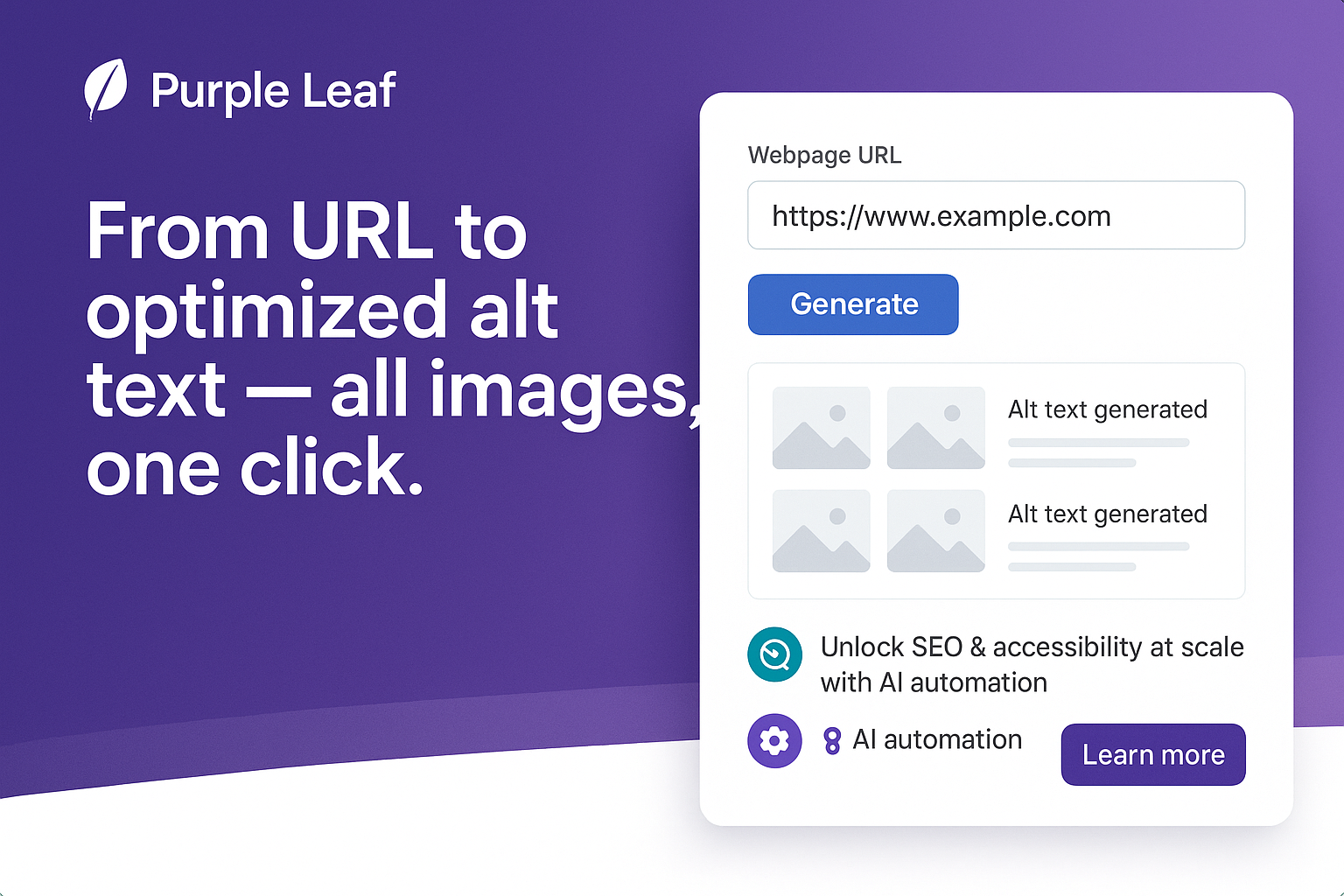
Introduction
Have you ever noticed how some businesses get their opening hours, reviews, or even product details highlighted directly in Google search results—almost like a free billboard—while others don’t? The difference often comes down to one invisible element: structured data.
Just like Internal Context Links help search engines connect the dots within your site, structured data gives them the context they need to connect your content to the wider web. It doesn’t just make your site look better in search—it makes it easier for AI systems to understand.
In today’s world of AI-driven discovery, engines like Google’s Search Generative Experience (SGE), Gemini, and Bing Copilot rely on these structured signals to surface your brand with accuracy and trust. That makes structured data more than an SEO tactic—it’s the foundation for how your website communicates with AI.
What is Structured Data?
At its core, structured data is just a way of giving search engines and AI a cheat sheet about your content. Instead of making them guess what’s on your page, you spell it out clearly.
Think of it like labeling boxes in storage. If you write “Kitchen – Plates” on a box, anyone instantly knows what’s inside. Structured data does the same for your website—it labels your content so AI knows, this is a product, this is an event, this is a review.
The most common way to add it is through something called JSON-LD schema markup—a small bit of code that sits on your page and describes what’s there. For example, on a product page, it can highlight the product name, brand, price, and availability. That way, AI doesn’t just see text—it sees structured, trustworthy information it can use confidently.
Here’s what that looks like in JSON-LD:
<script type="application/ld+json">
{
"@context": "https://schema.org/",
"@type": "Product",
"name": "iPhone 15 Pro",
"image": "https://example.com/photos/iphone15pro.jpg",
"description": "The latest iPhone 15 Pro with A17 chip and 256GB storage.",
"brand": {
"@type": "Brand",
"name": "Apple"
},
"offers": {
"@type": "Offer",
"priceCurrency": "USD",
"price": "1199",
"availability": "https://schema.org/InStock"
}
}
</script>
Why Structured Data Matters for AI Search
In the AI era, structured data isn’t optional—it’s a competitive advantage. Here’s why:
- Enhances factual grounding for LLMs: Large language models lean on structured signals to ensure they aren’t “hallucinating” and are pulling from real, validated information.
- Powers rich results: With the right schema, your site can show up with FAQs, reviews, recipes, events, or product highlights directly in search results.
- Boosts AI visibility: Structured data increases the chances of your content being used in AI Overviews, featured snippets, voice responses, and even entity knowledge graphs.
- Builds authority: Clear, consistent schema reinforces that your site is trustworthy and relevant for the topics you cover.
Best Practices for Implementing Structured Data
Getting structured data right requires both accuracy and alignment. Here are some best practices:
- Match schema to visible content: Don’t mark up information that isn’t actually on the page.
- Choose the right schema.org types: Products, Articles, FAQs, How-to, LocalBusiness—use what fits your content best.
- Validate regularly: Use tools like Google’s Rich Results Test or Schema Validator to check your markup.
- Stay consistent: Update your structured data whenever content changes—outdated markup weakens trust signals.
For instance, if you run a blog, an Article schema can help AI systems recognize your content more easily:
<script type="application/ld+json">
{
"@context": "https://schema.org",
"@type": "Article",
"headline": "The Future of Sustainable Diving Equipment",
"author": {
"@type": "Person",
"name": "John Smith"
},
"datePublished": "2025-08-25",
"publisher": {
"@type": "Organization",
"name": "Diver's Den",
"logo": {
"@type": "ImageObject",
"url": "https://example.com/logo.png"
}
}
}
</script>
Common Mistakes to Avoid
Even well-meaning websites often trip up on structured data. Here’s what to watch out for:
- Misleading or irrelevant schema: Adding schema that doesn’t reflect on-page content can backfire.
- Schema overload: Using multiple schema types unnecessarily, hoping to rank better, creates confusion.
- Set-and-forget mindset: Structured data isn’t a one-time job—it should evolve with your content.
- Overestimating its power: Structured data is a booster, not a silver bullet. It works best when paired with quality content and technical SEO.
The Future of Structured Data in AI-Powered Search
As AI-driven search becomes the norm, structured data will only grow in importance. We may soon see new schema types designed specifically for AI comprehension. Maintaining clean, accurate markup ensures your site stays adaptable, visible, and authoritative in this evolving landscape. Strengthening your AI readiness starts with making your website easily understandable to language models. Try our LLMs.txt Generator — it helps ensure AI systems can read, interpret, and index your content effectively, boosting visibility in AI-powered search results.
Conclusion
Structured data is more than just an SEO checkbox—it’s the language AI search engines speak. By aligning your schema with your content and keeping it updated, you’re giving AI the clearest possible signal about who you are and what you offer.To make sure your site is future-ready, tools like the AI Readiness Tool by Purple Leaf can help you audit, optimize, and maintain structured data that works not just for today’s search engines but also for the AI-powered search experiences of tomorrow.
